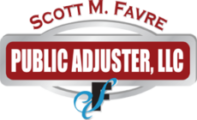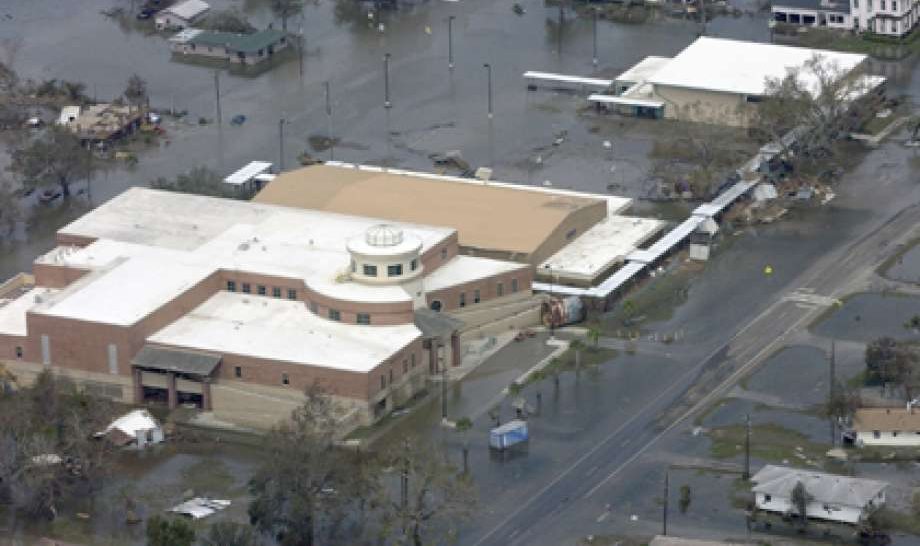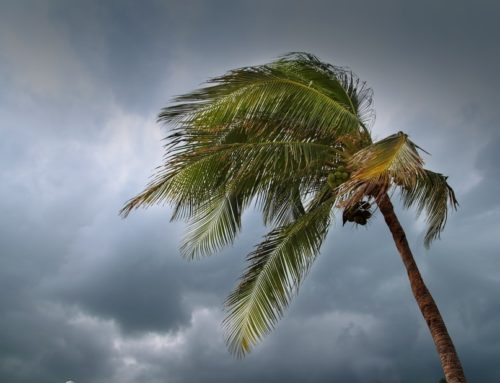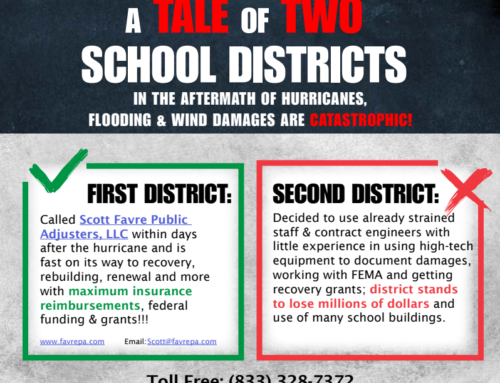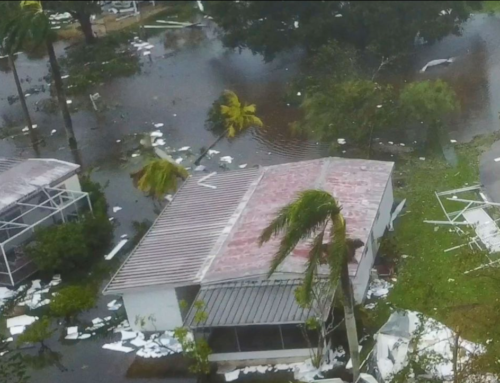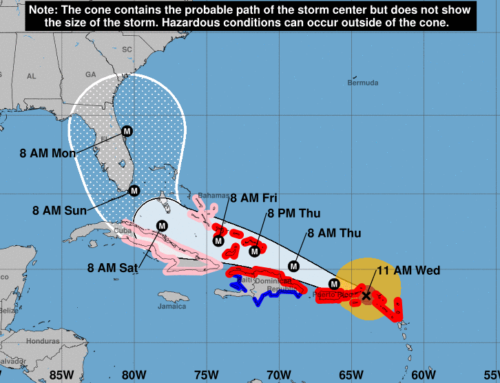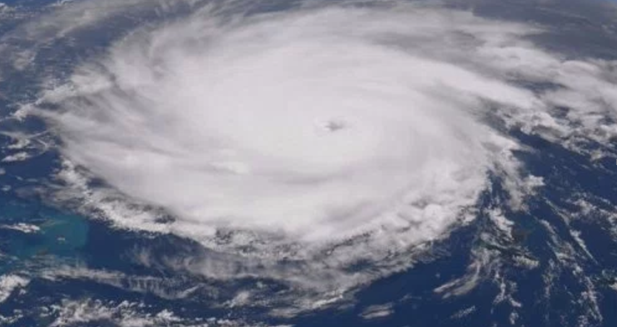 Public operations need to get back to normalcy and fully improved operations as safely and quickly as possible after experiencing devastation from flooding and destructive winds in the wake of a hurricane. However, several pitfalls can keep leaders of public organizations from full recovery and success at mitigated improvements. To ensure that your city, school district, county, university, public transit operation or other public entity is on the best track to disaster recovery and improvements, here is a list of the biggest disaster recovery mistakes, and tips on how to avoid them.
Public operations need to get back to normalcy and fully improved operations as safely and quickly as possible after experiencing devastation from flooding and destructive winds in the wake of a hurricane. However, several pitfalls can keep leaders of public organizations from full recovery and success at mitigated improvements. To ensure that your city, school district, county, university, public transit operation or other public entity is on the best track to disaster recovery and improvements, here is a list of the biggest disaster recovery mistakes, and tips on how to avoid them.
1) Failing to properly document damages
In eagerness to clear a property for repairs and renovations after water and wind damages, workers often make costly mistakes that bear a long-term impact. Here are a few examples:
- Failure to record serial numbers of property
- Failure to take property photos from all angles
- Failure to record video of damages & moving water
2) Depending on the naked eye to ascertain damages
Even with 20-20 vision, persons appraising damage to government property are apt to miss critical details indicating serious damage and future instability of buildings and infrastructure. Thanks to a variety of today’s forensic and high tech equipment, infrared, magnified and x-ray type recordings show the smallest of fissures and other long-term problems inside walls, foundation, roofs and electrical work. Infrastructures as storm drainage systems, streets, sidewalks, HVAC systems and more usually receive damage when powerful winds and flooding impact them. Professionals who don’t spend the required analysis that reviews every inch of property down to the core or don’t pay attention to fine and intricate details to determine true damages can compromise the safety and future stability of public facilities and infrastructure.
3) Paying fees upfront or hourly to damage assessors
Professionals worth their salt will not charge fees up front to determine if property has damages. In fact, knowledge of the science of storms is used by the best experts to estimate damages received based on the location and other construction details of public properties. These experts are willing to work for no upfront fees, but for a percentage-type payment for services based on the proven, documented and accepted insurance and FEMA agreements of and resulting reimbursements and grants to cover the damage amounts and mitigated improvements.
For help with Public Entity insurance claim assessments, including school districts, public parks, and public buildings, please call us at 228-466-5644.
